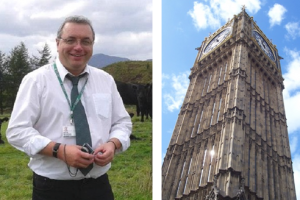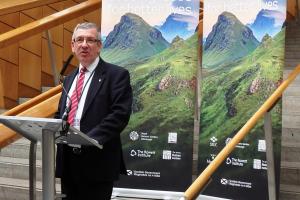
The relationship between our land and people is crucial, particularly at a time when demographic, social, economic and environmental change is being experienced in rural areas across Scotland; from rural towns and their hinterlands, to coastal areas and islands. SEFARI research focuses on the resilience and wellbeing of Scotland’s rural communities and provides vital support and a wider view for other SEFARI work on environment, land-based industries, food and health. SEFARI research is designed to help people living in and using the rural landscape; it helps identify policies which can enhance community wellbeing and resilience; and it considers the role of empowerment, local participation and democracy.
Sector Contact

Case Studies

This week is Climate Week, which seeks to raise awareness of the issues and highlight how Scotland is a world leader in trying to tackle climate change. Here at SEFARI, the topic of climate change is very important to us and we deliver a wide research programme on the measurement, modelling and mitigation of greenhouse gas emissions. We also recognise it is an issue that needs a strong collective effort and we are delighted that in this blog Dr Matt Aitkenhead outlines a workshop he is organising to do just this.
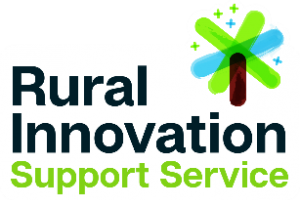
We are delighted that Megan Welford, Farming and Land Use Communications Manager, Rural Innovation Support Service (RISS), can tell us about this new service. RISS is getting the right people together to make a difference to rural businesses across Scotland and they’d like even more researchers to help by sharing their expertise.
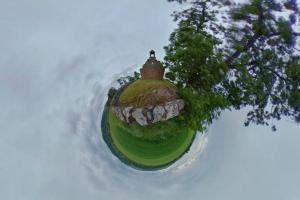
Working in research we regularly need to focus on the detail, but it is still important to take a step back and look at the bigger picture - so for this year’s Royal Highland Show we decided to use technology to help.
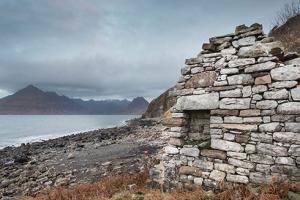
Recent scholarship suggests that the popular narrative of the Highland clearances, which looms large in Scotland’s cultural identity, is to some extent a late nineteenth and twentieth century myth. Much of the out-migration, especially in the early phases, seems to have been voluntary, or at least unopposed. However new Scottish Government-funded research suggests that the long history of demographic shrinkage in Scotland’s Highlands and Islands is far from over.
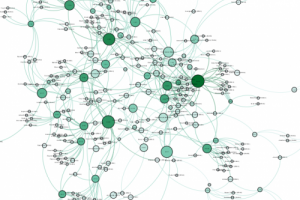
Complex, multidimensional, interconnected data can be extremely difficult to communicate effectively even using classic visualisation tools. Gone are the days when we can just draw a straight line through a 2D scatter graph.
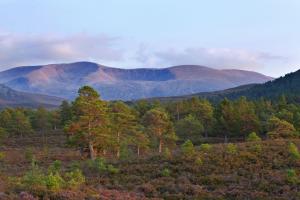
On 27 November 2017, Scotland’s First Minister opened the World Forum on Natural Capital – this two day event sees delegates from around the world explore how our shared geology, soil, air, water and all living things should be properly accounted for - in how we live our lives, and how we spend and invest our money..
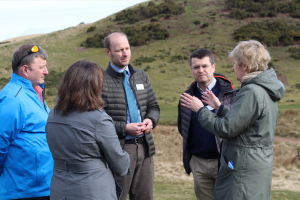
Today sees the launch of SEFARI – ushering in a new era of collaboration between six of Scotland’s leading Research Institutes – each with their own capabilities and global reputation.
Pagination
Blog

The return of retaliatory tariffs
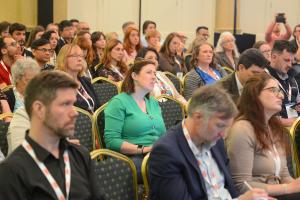
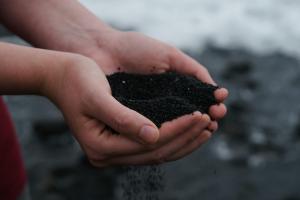
On April 14th, 1935, the largest dust storm in American history occurred. A black cloud carrying 300,000 tons of topsoil from the Great Plains deposited dust as far away as New York.
